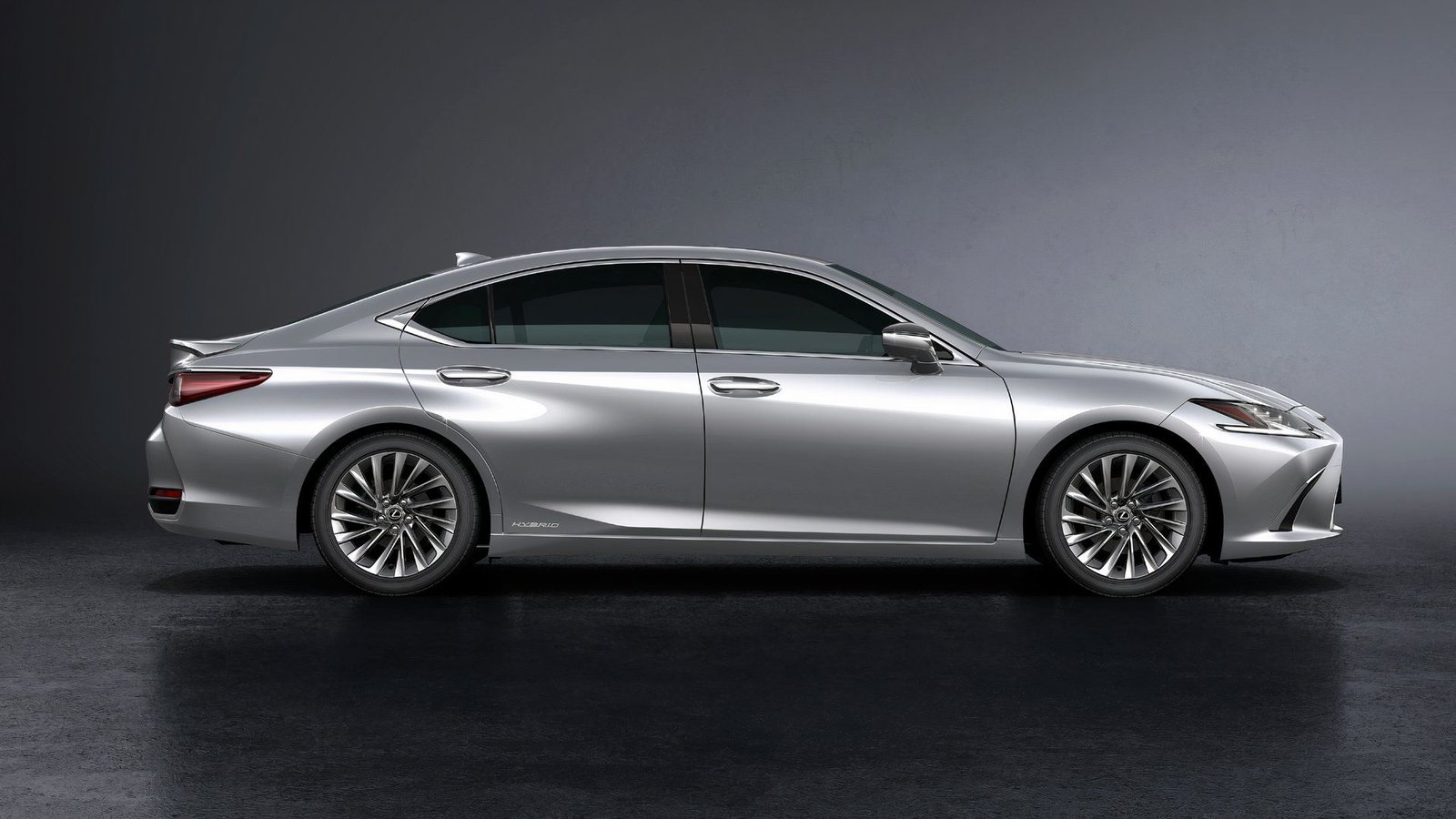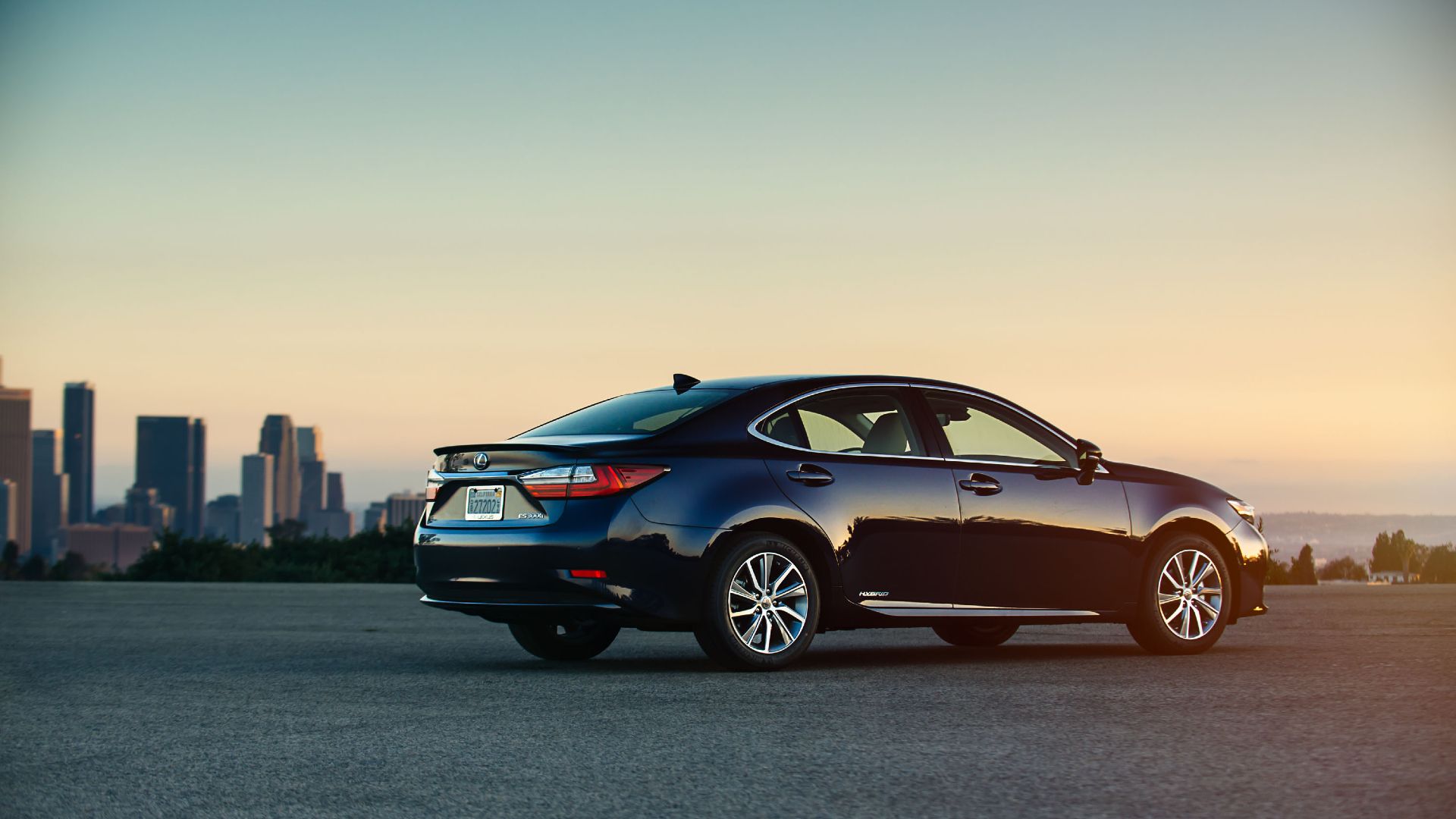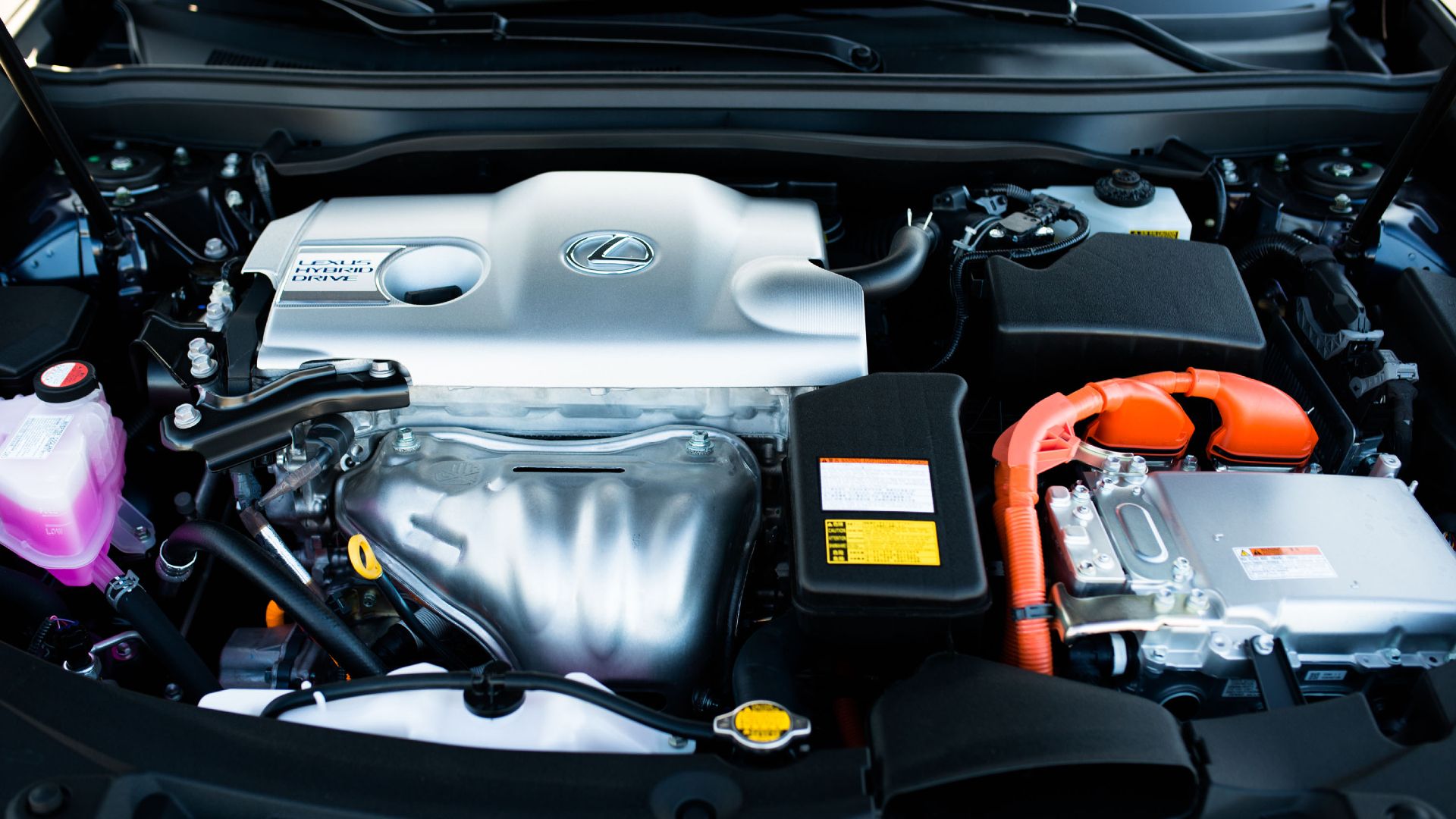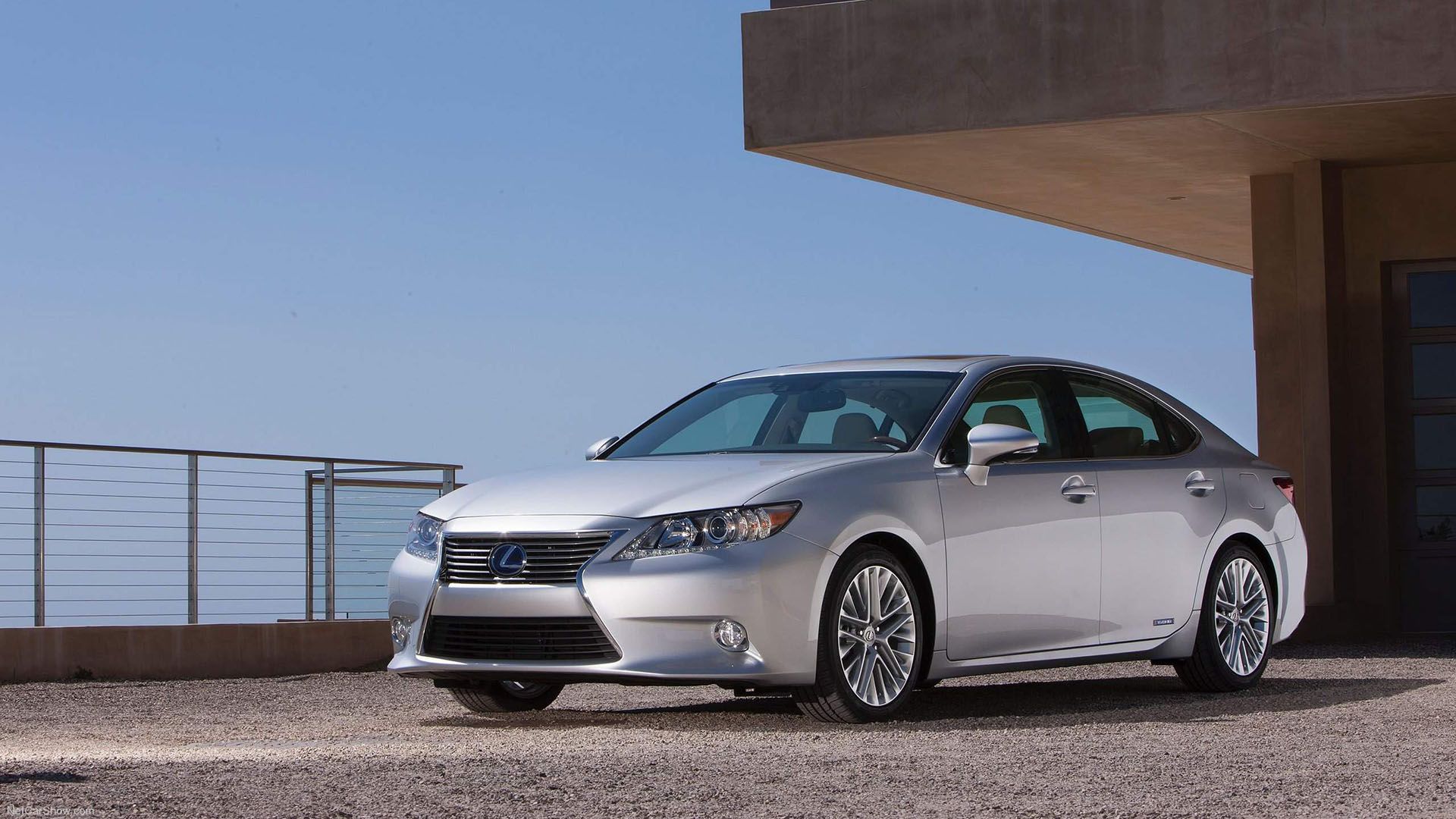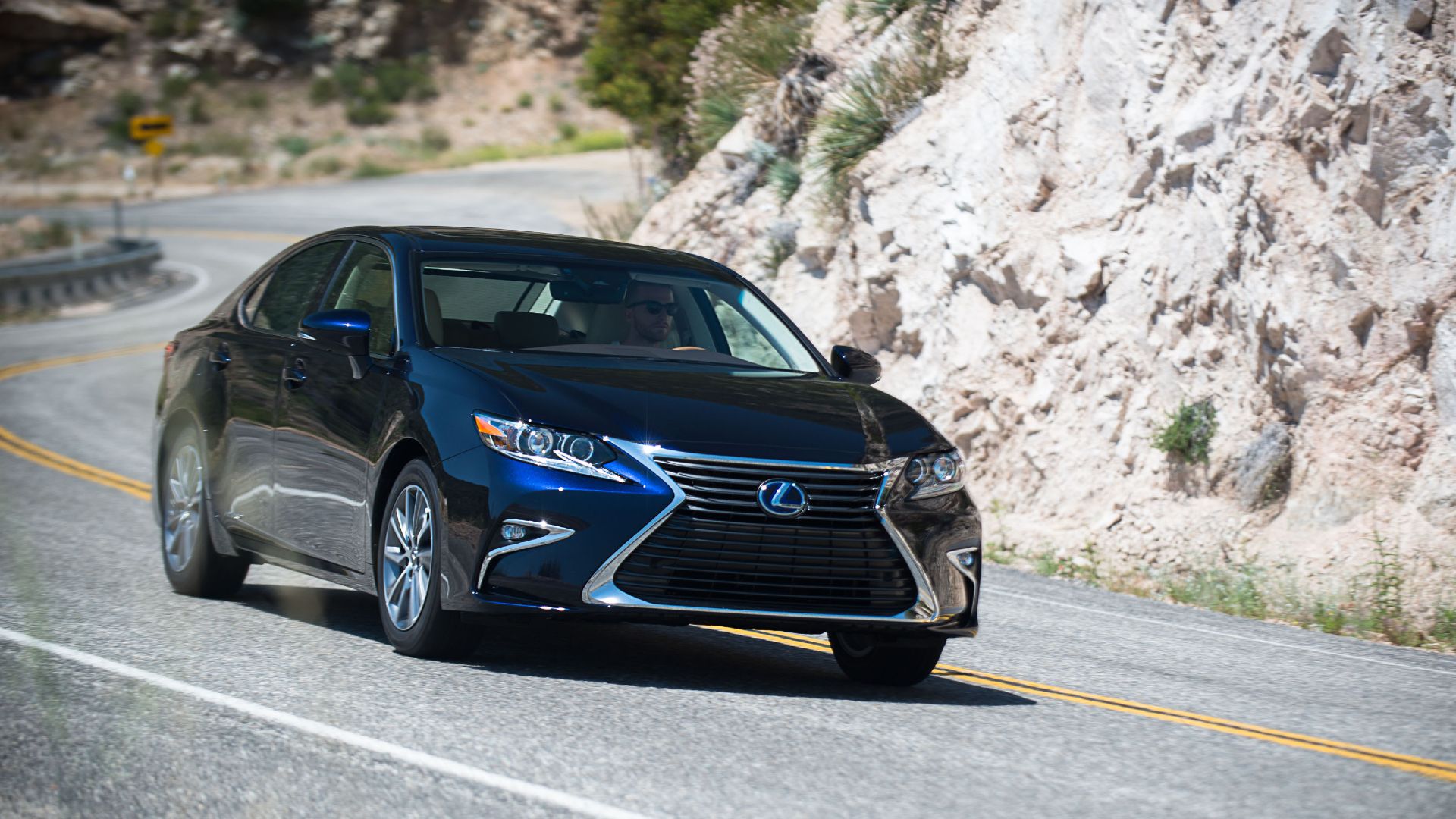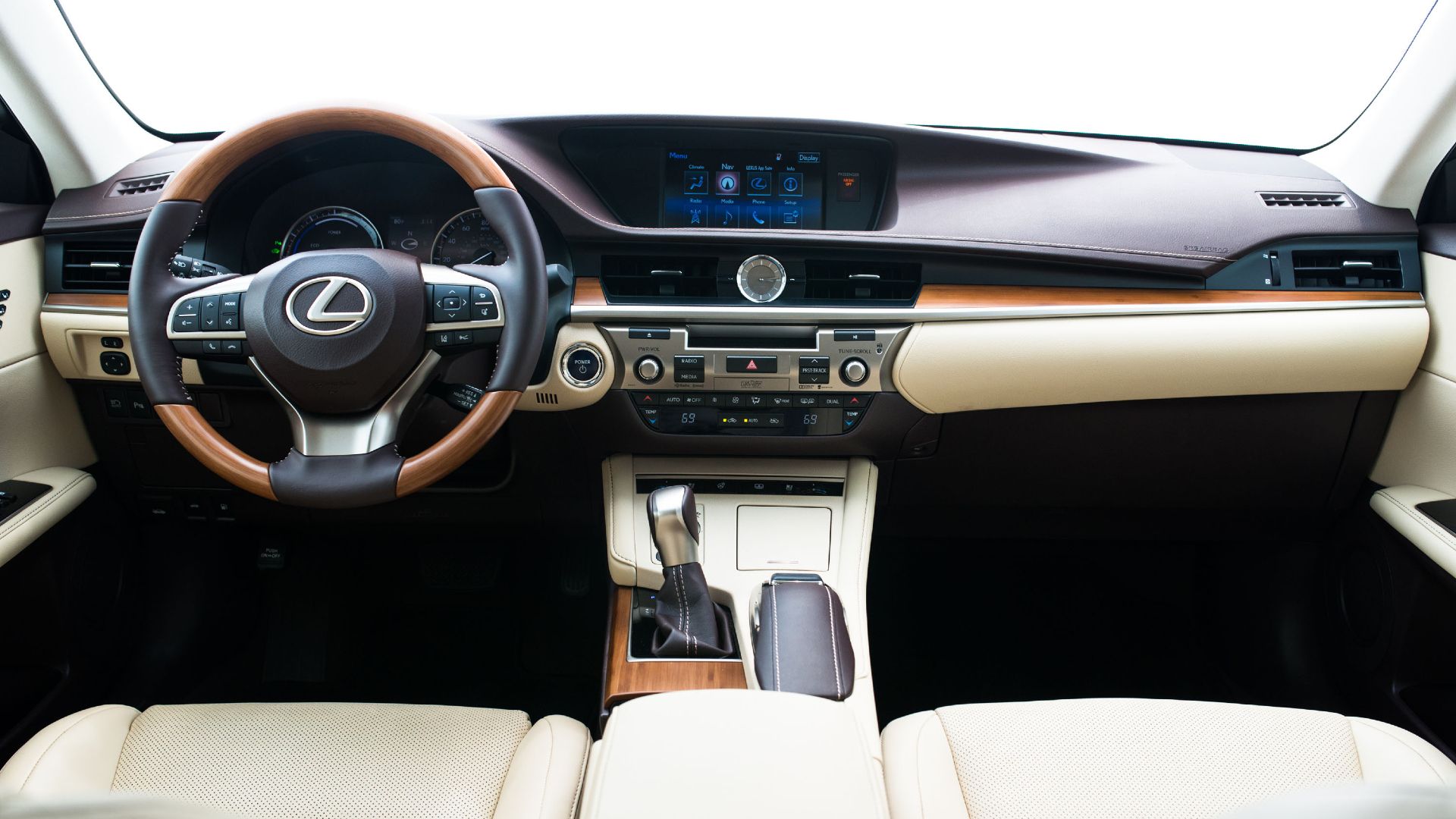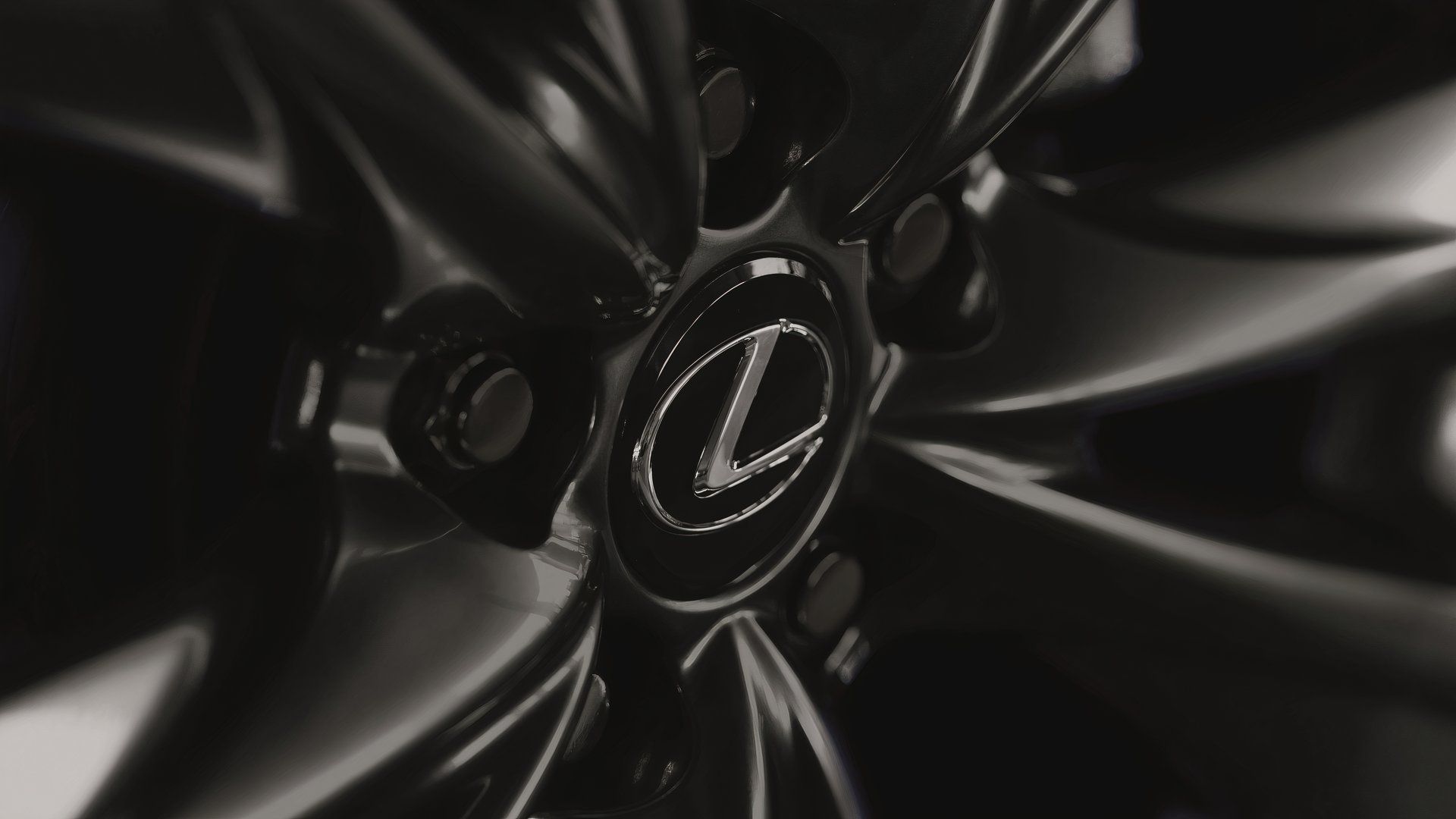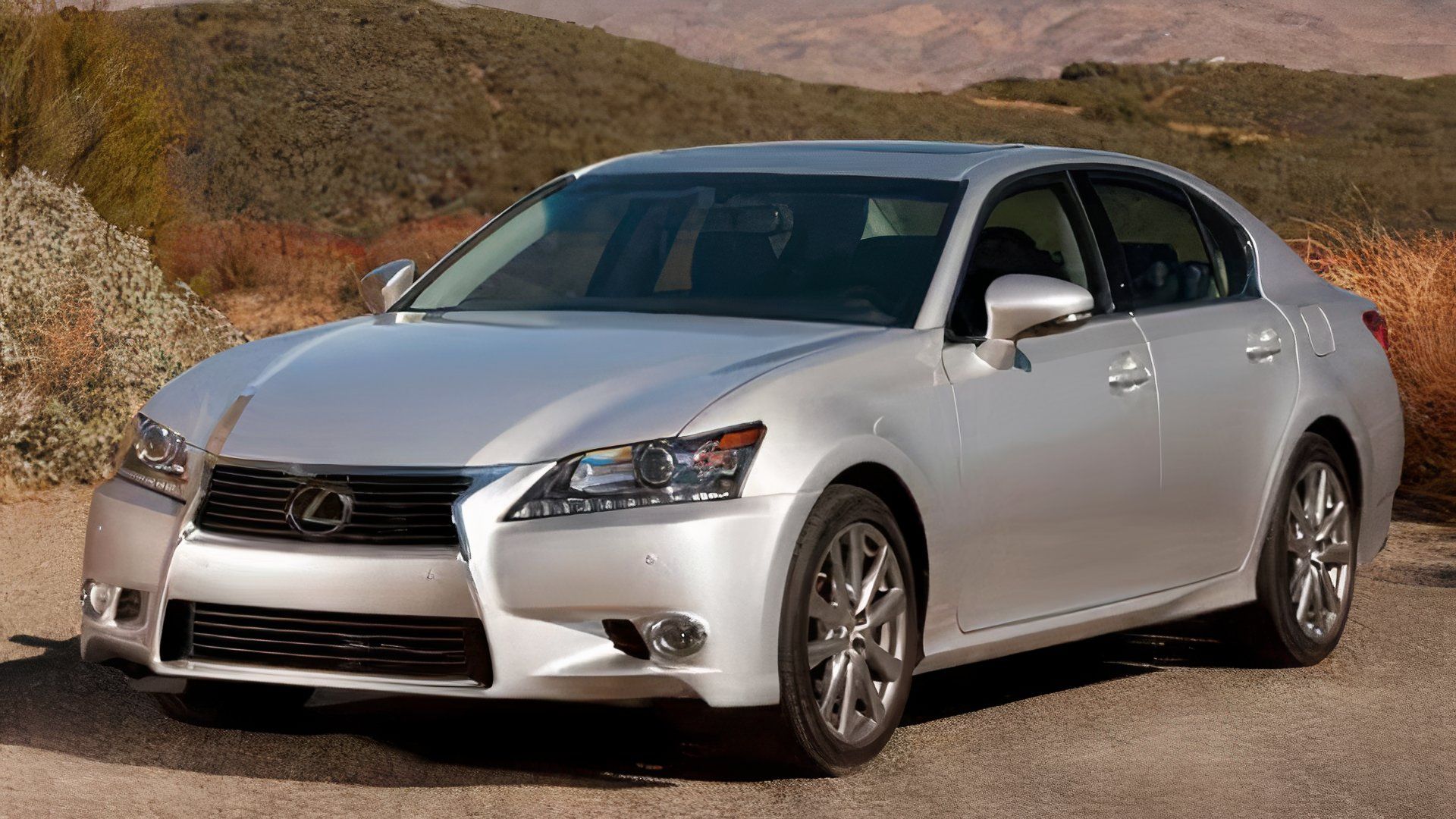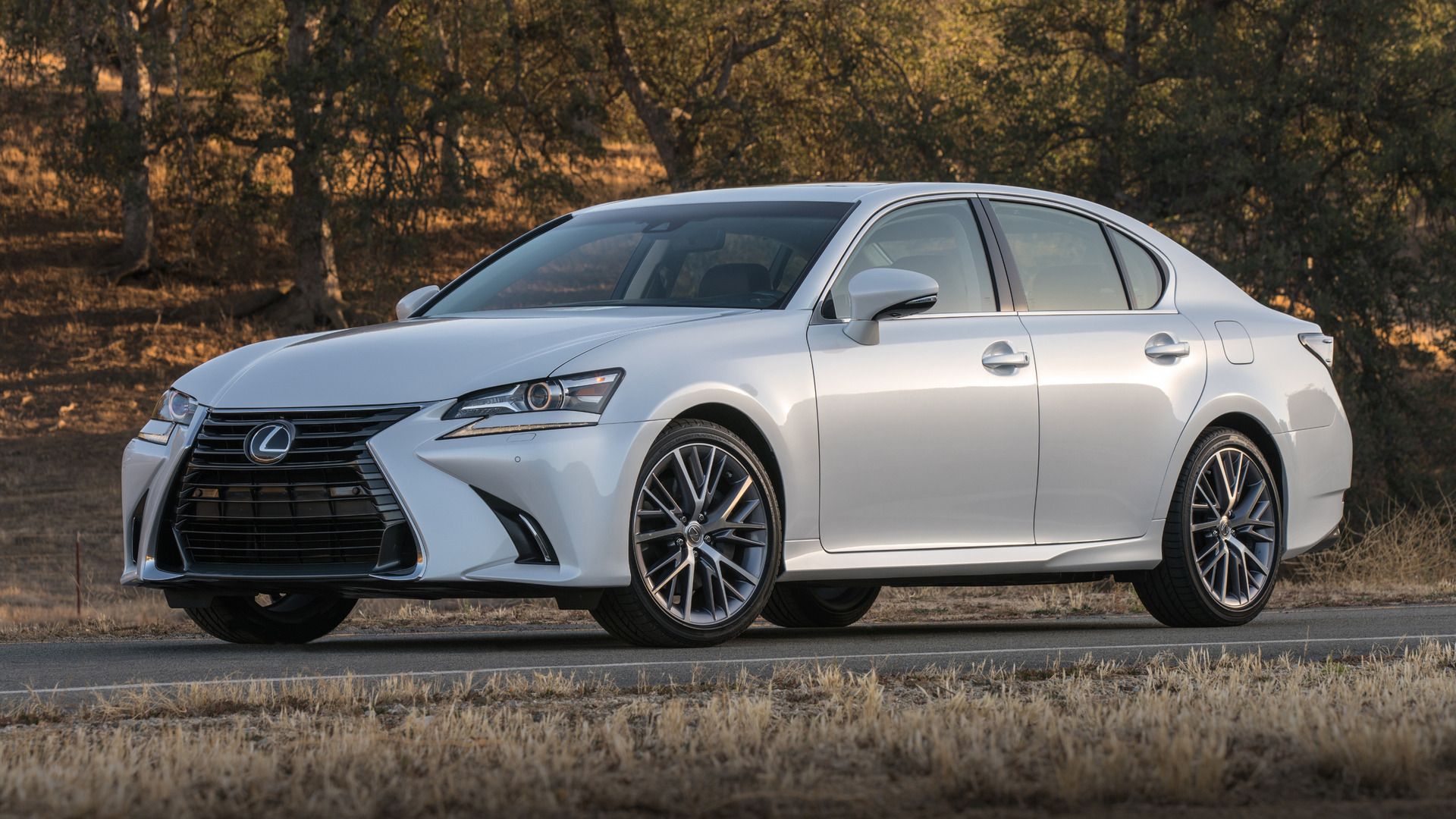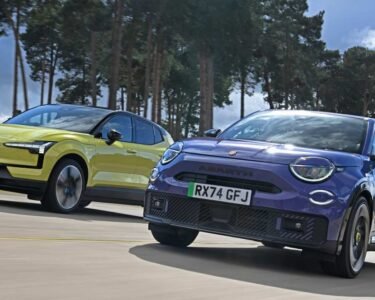Owning a luxury car isn’t cheap, mostly because of its high purchase price but sometimes also because of its high ownership costs. Besides, it isn’t “luxury” anymore if everyone can afford it, right? A bit of rarity and exclusivity play a role in how someone perceives luxury. Though it’s no Rolls-Royce, the luxury brand that we’ll be talking about still sells in far fewer numbers than what its parent company sells in a year.
In addition, hybrids have become highly popular in recent years. In fact, for the second year already, iSeeCars has determined that hybrids tend to have some of the best resale values among new cars. Most luxury cars, however, don’t usually have the best resale values, except if your luxury car comes from this brand. While these two factors make this luxury hybrid one of the most expensive used car purchases, it is still more affordable than a brand-new base-level 2025 Toyota Corolla LE for $22,325. This now begs the question – Should you go for a brand-new Corolla, or have a bit more prestige and go for this used midsize luxury hybrid?
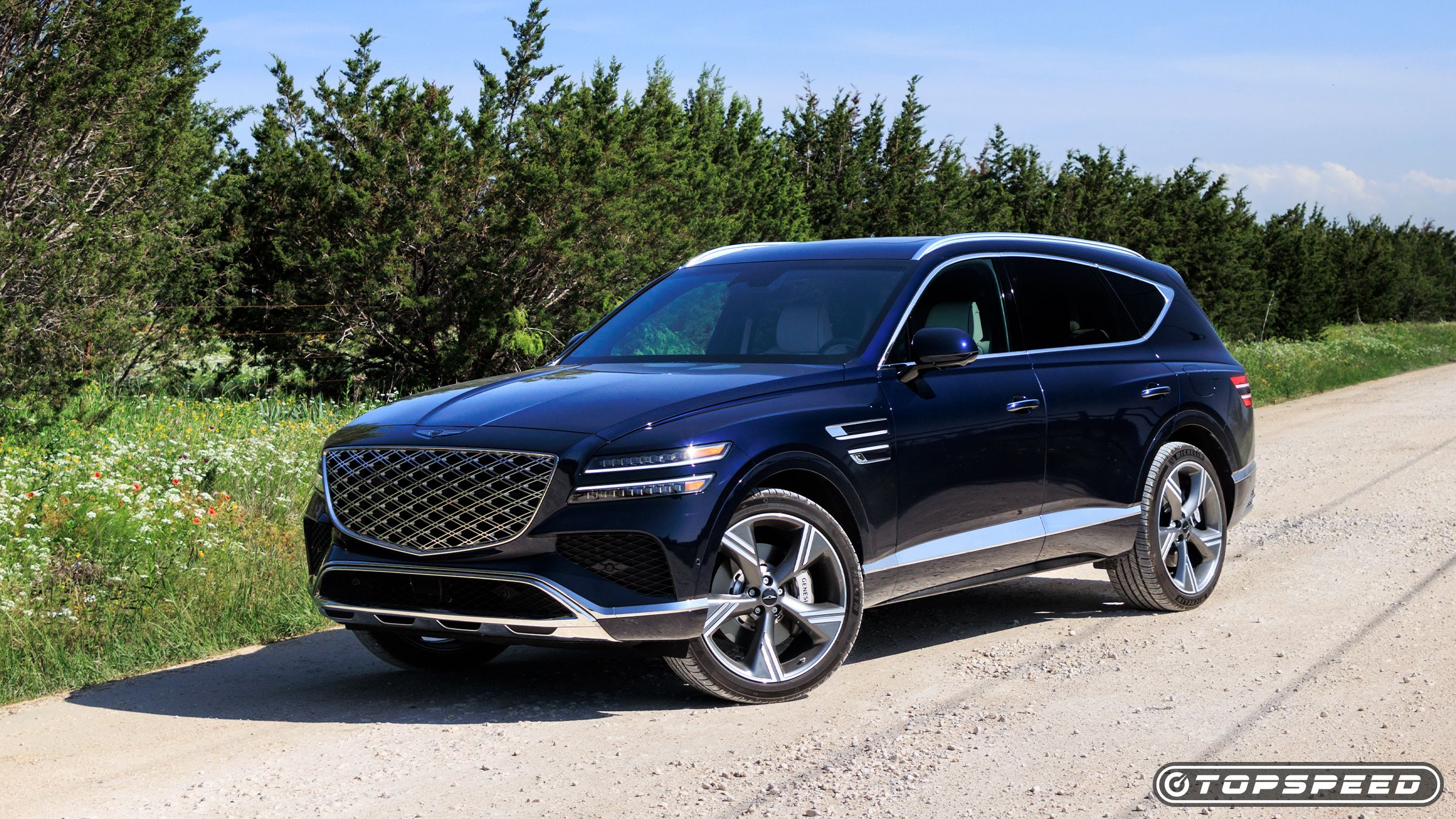
Related
This Underrated Luxury SUV Is Almost As Reliable As A Lexus RX
Lexus RX: luxury SUV benchmark for quality and reliability. Genesis GV80 offers a stylish alternative, close in J.D. Power scores.
In order to give you the most up-to-date and accurate information possible, the data used to compile this article was sourced from Lexus and other authoritative sources, including iSeeCars and Edmunds.
Take A Look At The Lexus ES 300h
The luxury hybrid that’s now cheaper than a brand-new Corolla LE is the 2013-2018 Lexus ES. Born during the Japanese luxury brand’s design renaissance, the sixth-generation ES was reborn from a stodgy and boring midsize luxury sedan to something more emotional and evocative.
Sells For $22,835 Or Less
iSeeCars’ data on the sixth-generation Lexus ES doesn’t extend to the 2013 model year, since they only measure values up to the 10th year. The good news here is that the 2018 model year, which is the last production model year of the sixth-generation model, has an average used price of $22,835. Therefore, nearly every sixth-generation ES on sale will cost less than a base Corolla LE for $22,325. Take a look at this table to see the average prices for an ES from 2015 to 2018.
Used Lexus ES Prices
|
2018 Lexus ES 350 (7 years old) |
$22,835 |
|
2017 Lexus ES 350 (8 years old) |
$21,055 |
|
2016 Lexus ES 350 (9 years old) |
$18,775 |
|
2015 Lexus ES 350 (10 years old) |
$16,949 |
There’s No Catch In Owning One
Though the ES may not be as sophisticated or as dynamic as its German rivals, what it has is something that the Europeans find difficulty replicating–durability. The ES 300h is a far simpler car compared to the Europeans. Though it results in a car that isn’t as dynamically capable or as technologically advanced as the Europeans, the ES is going to be a lot easier to own and maintain. For used car buyers, this is what’s valued the most. Its shared platform and hybrid system with the Camry, Highlander, and RAV4 means parts are common, and due to Toyota’s experience in making hybrids, the ES 300h’s reliability is unmatched by a 5 Series or an E-Class.
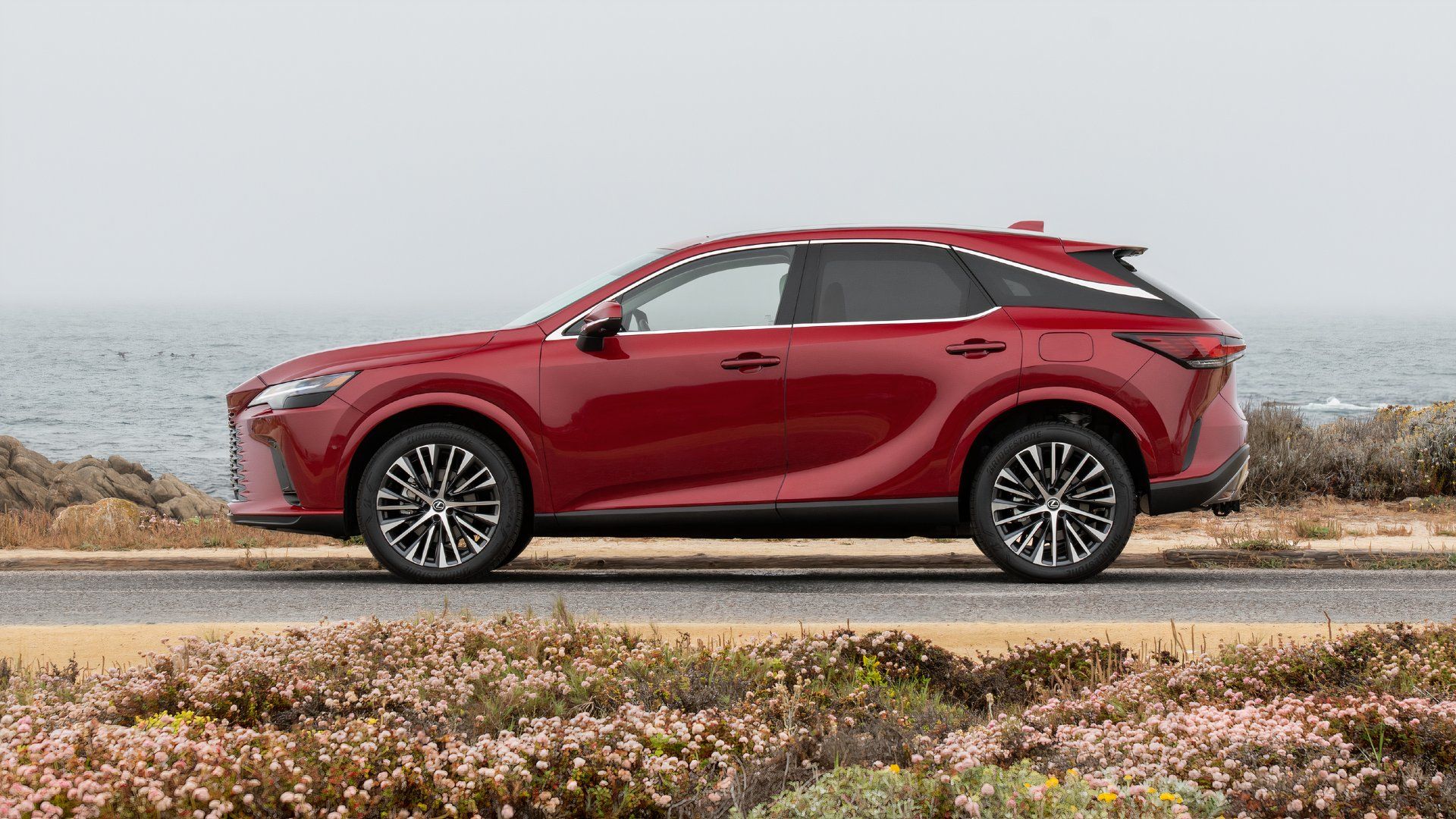
Related
The Lexus SUV That Outsold Its Entire Hybrid Lineup In Q1 2025
This SUV from Lexus is dominating sales, and its hybrid models are by far the most popular options.
What To Expect In An ES 300h
The sixth-generation Lexus ES gave the humble midsize luxury sedan a new sense of style, one that was sorely lacking in previous models. For the first time, people didn’t just get an ES solely for its reliability.
Newfound Sense Of Style
The sixth-generation ES is the first model in its lineage to receive the Spindle Grille treatment. This evolution of the L-Finesse design also gave the ES a fastback-like silhouette due to its shortened trunk lid. Coupled with the sportier proportions and sleeker lines, the design was finally a selling point for getting a Lexus ES.
A 2016 mid-cycle facelift was introduced, and that’s also when the ES was finally being made in the United States. However, only the ES 350 was assembled in Kentucky, as the ES 300h was still made solely in Japan. The mid-cycle facelift introduced new colors, new wheels, and a more sophisticated front-end design characterized by a bolder Spindle Grille and chrome foglight housings.
An Interior Of Calm And Serenity
Just like the exterior, the interior of the ES has been revamped for this generation. A predominantly horizontal dash layout emphasized its width, while in the ES 300h, various trim and color schemes were available, depending on the variant. Regardless of the trim or color scheme, the interior of the ES was a calm and serene place to be in, especially since the tech in the ES 300h wasn’t at a time when automakers decided that cars should be like smartphones with wheels.
Sumptuous materials were felt across the cabin, though some low-rent materials were present on the lower parts of the interior. To be fair, you wouldn’t touch these sections of the interior anyway. What you will touch frequently, however, is its Remote Touch Interface (RTI) infotainment system. Yes, that mouse-like controller didn’t create a lot of fans, including myself. At least the space on all five seats was cavernous–a sign that Lexus truly knows its core market and target demographic.
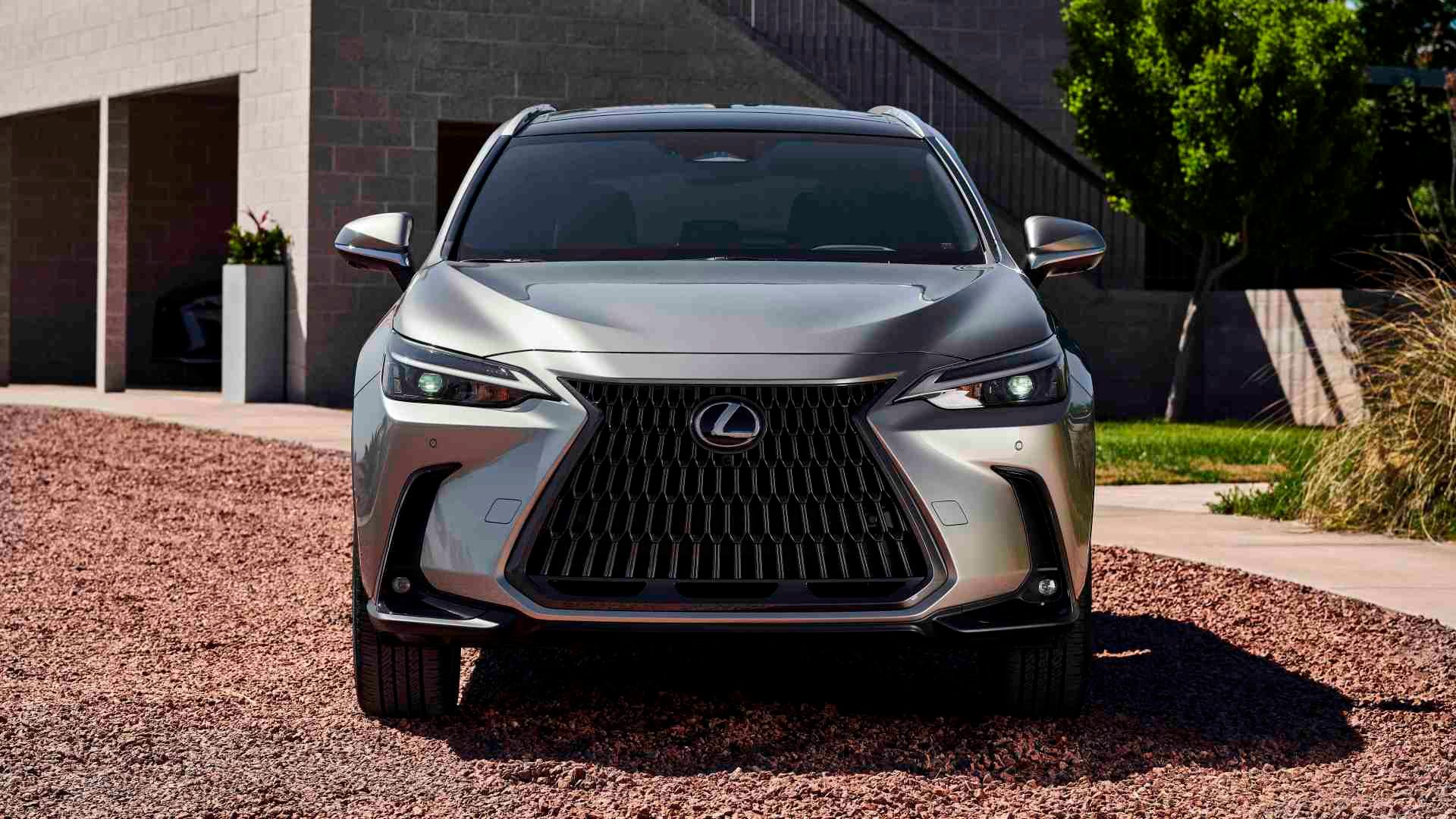
Related
Toyota and Lexus’s Unstoppable Surge: Decoding Their Record-Breaking First Quarter
Electrified vehicles now account for nearly 49% of TMNA’s total sales, bringing into focus the increasing demand for eco-friendly(er) vehicles.
But There’s Another Luxury Hybrid Worth Considering
While this article has mostly concentrated on the sixth-generation Lexus ES 300h, there’s another midsize hybrid luxury sedan that possibly costs less than a brand-new Corolla LE but is a lot sportier and more dynamic than the ES 300h. The reason we say “possibly” is because, since this model sold in far fewer numbers, there is less concrete data and industry about its average resale values. Look carefully, however, and most of them also cost less than a Corolla LE in the used market.
Don’t Forget About The Lexus GS 450h
Lexus used to make two midsize luxury sedans, but, unsurprisingly, as the world declared its love towards SUVs and crossovers, it was only feasible for them to make one midsize luxury sedan. The ES survived because the dynamic and sporty Lexus GS sold in far fewer numbers. The GS was one of my dream cars and remains today my absolute favorite Lexus, apart from the LFA. It had a rear-wheel drive layout and a 3.5-liter V-6 that, when augmented with the electric motor, had a strong combined output of 338 horsepower and a 0-60 mph time of 5.6 seconds.
Sportier Than The ES
Perhaps its only downside was, rather than the well-engineered eight-speed auto of the GS 350 (all-wheel drive GS 350s got a more antiquated six-speed slushbox), the GS 450h got an e-CVT since it is a series-parallel hybrid. Therefore, the power delivery had that typical rubber-band feel from such a drivetrain layout. To be fair, since it was so powerful, the engine didn’t drone a lot when pushed hard. Putting it into Sport mode also introduced simulated shifts through the paddles and switches the power meter into a tachometer.
|
2013-2018 Lexus ES 300h |
2012-2018 Lexus GS 450h |
|
|
Engine |
2.5-liter four-cylinder hybrid |
3.5-liter V-6 hybrid |
|
Horsepower |
200 hp |
338 hp |
|
Torque |
N/A |
N/A |
|
Transmission |
e-CVT |
e-CVT |
|
Layout |
FWD |
RWD |
|
EPA Fuel Economy (Combined) |
40 MPG |
31 MPG |
However, when it came to handling and poise, the GS delivered the goods. Though a BMW 5 Series still felt more athletic, the GS 450h was far more capable than any mass-market Lexus at the time. The only other Lexus that offered more poise than the GS was the nimbler IS and the RC coupe. The ES 300h, on the other hand, solely focused on being comfortable, quiet, and refined. Unfortunately, the GS lineup was discontinued in 2020, with the GS 450h being killed off earlier in 2018. I think the GS 450h now deserves an article of its own, don’t you agree?

